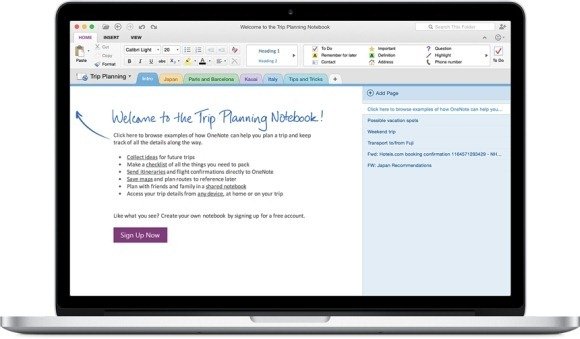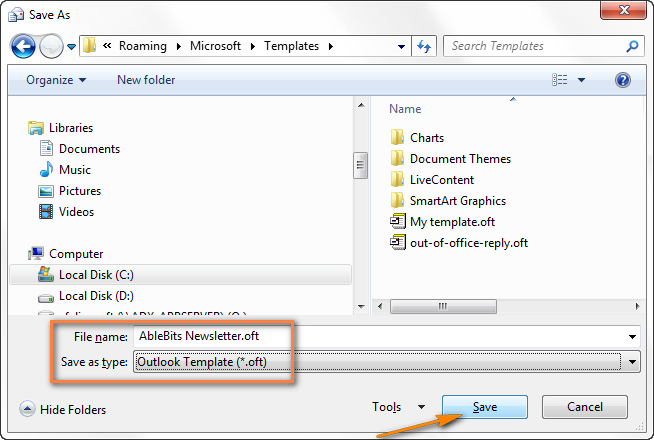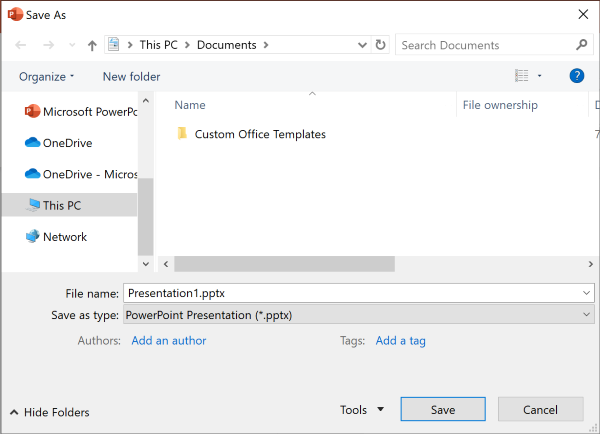Office 2016 Mac Template Location

How to get the file location of Outlook templates (.oft files)?
Yes, you can install and use Office 2016 for Mac and Office for Mac 2011 at the same time. However, we recommend that you uninstall Office for Mac 2011 before you install the new version just to prevent any confusion. To uninstall Office for Mac 2011, follow the steps in Uninstall Office 2011 for Mac. How do I pin the Office app icons to the dock? Non-file-based templates file location. Office programs use non-file-based templates to create new workbooks, documents, databases, and slides. As the name suggests, there is no physical template from which these special files are created. Each Office program has the necessary information to create a new file of the correct type.
Let’s say you have created many Outlook templates before, and now you need to export them, how could you get it done? If you can get the file location of these Outlook templates, it will be quite easy to export. And this article is talking about tricks on getting Outlook templates’ file location.
Method 1: Get the file location of Outlook templates (.oft files)
If you can remember the folder path of templates folder, you can get the file location of Outlook templates quickly as follows:
Open the file explorer, copy and paste the folder path %AppData%MicrosoftTemplates into the Address box, and press the Enter key.
And now it opens the folder containing all kinds of office templates, including Outlook templates.
One click to open the temporary folder of Outlook attachment
As you know, Opening Outlook attachments are temporarily saved in a temp folder, while it’s impossible to get the folder path except from the registry editor. But, with Kutools for Outlook’s Secure Temp Folder feature, you will easily open it with only one click! Click for 60-day free trial without limitation!
Method 2: Get the file location of Outlook templates (.oft files)
If you can’t remember the folder path of templates folder clearly, you can get the file location of Outlook templates with below steps:
Office 2016 Mac
1. In Outlook, select an email, and click File > Save As.
2. In the opening Save As dialog box, please select Outlook Template (*.oft) from the Save as type drop down list.
3. Now the template folder is opening in the Save As dialog box. Please select and copy the folder path in the Address box, and then close the Save As dialog box.
4. Open the file explorer, paste the copied folder path in the Address box, and press the Enter key.
And now it opens the template folder, and you will view all Outlook templates within it.
Related Articles

Kutools for Outlook - Brings 100 Advanced Features to Outlook, and Make Work Much Easier!
- Auto CC/BCC by rules when sending email; Auto Forward Multiple Emails by custom; Auto Reply without exchange server, and more automatic features...
- BCC Warning - show message when you try to reply all if your mail address is in the BCC list; Remind When Missing Attachments, and more remind features...
- Reply (All) With All Attachments in the mail conversation; Reply Many Emails in seconds; Auto Add Greeting when reply; Add Date into subject...
- Attachment Tools: Manage All Attachments in All Mails, Auto Detach, Compress All, Rename All, Save All... Quick Report, Count Selected Mails...
- Powerful Junk Emails by custom; Remove Duplicate Mails and Contacts... Enable you to do smarter, faster and better in Outlook.
or post as a guest, but your post won't be published automatically.
Target audience and introduction
This article is for users and IT administrators. In the first part, we’ll show users how to set the default template on their PC. In the second part, we’ll show how IT admins can deploy the default template to PC users across their organisation. For Mac users, refer to the section at the end of this article.
The default template in PowerPoint is a special file. It is the template that it used to create the blank presentation you see each time you start PowerPoint. In organisations with their own template, it saves a lot of time if that template is presented to users each time PowerPoint starts. Somewhat confusingly, the default template is called blank.potx and it resides in the user’s documents area here:
%appdata%MicrosoftTemplates
The %appdata% part is an alias (or shortcut) which resolves to a unique user location on every PC. For example:
C:UsersJohnSmithAppDataRoamingMicrosoftTemplates
This special location for blank.potx should not be confused with the separate location for custom (aka personal) templates which may be the same location or one of these:
C:UsersUserNameDocumentsCustom Office Templates
It may also be a completely different location since it can be set by the user in the backstage under File / Options / Save as shown below (for PowerPoint 2016)
How users can set the default template

Ms Office 2016 Mac
Setting the default template requires two things:
- The right file name : default.potx
- The right location : %appdata%MicrosoftTemplates
To set the default template


- Start PowerPoint
- Open the POTX template you want to set as the default
- Click File / Save As
- Click the file type drop down and select PowerPoint Template (*.potx). This will automatically change the folder location to your personal templates folder. DO NOT SAVE It HERE!
- Now click More options… (PowerPoint 2016) which will open a file dialog name and replace the file name with %appdata%MicrosoftTemplates and hit return
- You should now see a folder that contains the file blank.potx
- You can optionally make a backup up of that file by selecting it, pressing Ctrl+C and then Ctrl+V
- Click the blank.potx file and then click the Save button to overwrite it
- Close PowerPoint
- Start PowerPoint to confirm your default template has changed
IT admins deployment of the default template
There are several methods but by far the easiest is to use an xcopy command in a logon script file. This is the simplest example:
You can then add command line switches as required. For example, to suppress UI messages:
This can be extended to an enhanced script file that reports the success or failure of the xcopy process. Copy the following script to a batch file eg. setDefPOTX.bat, changing the serverFile value, and then run it in the user logon sequence:
Office 2016 Mac Os
PowerPoint:mac users
Things are slightly different on the Mac. There is no blank.potx but there is the concept of a Default Theme.thmx file. You can create a thmx file by saving your template from PowerPoint 2016(PC) or PowerPoint:mac 2011 but not PowerPoint:mac 2016. Click File / Save As and select the file format from the format drop down.
To set it as the default, save the file in the corresponding location according to your version of PowerPoint:
PowerPoint:mac 2016
/Users/username/Library/Group Containers/UBF8T346G9.Office/User Content/Themes/Default Theme.thmx
PowerPoint:mac 2011
/Users/username/Library/Application Support/Microsoft/Office/User Templates/My Themes/Default Theme.thmx
Note that in both of these cases, access to the Library folder on OSX is gained in Finder by clicking Go from the menu bar whilst holding down the alt key.